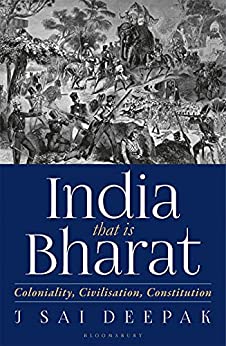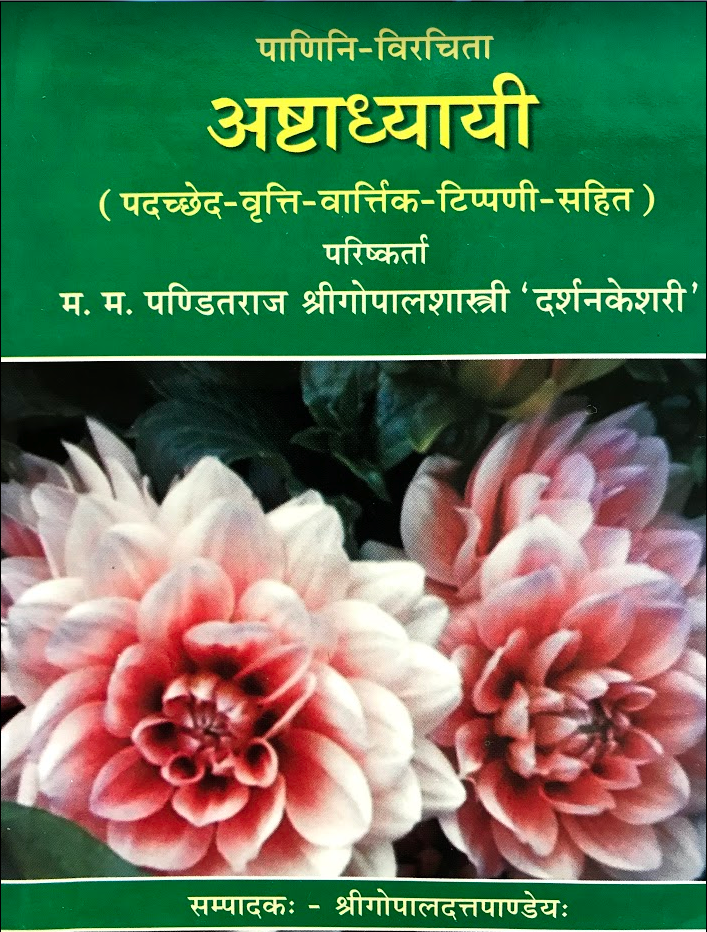
Tripura Rahasya has the story of King Susena, who went on an Ashwamedha yagya. The royal horse was let loose, and the royal entourage followed. Eventually, the horse reached the ashram of rishi Gana, who was deep in meditation. The soldiers set camp without paying any respects to the rishi and started drinking and making noise. This upset the rishi’s son, who shouted at the soldiers. The irritated soldiers decided to arrest him. Using his powers, the rishi’s son turned them into ashes. The rishi’s son took the royal horse and walked into the nearby mountain.
Some ministers who escaped the rishi’s son’s wrath returned to Susena and told him what happened. Susena sent his wise brother Mahasena to handle the situation. Mahasena reached the ashram and offered his respects to the meditating rishi and son. Gana came out of meditation and heard what had happened. He asked the son to return the royal horse back immediately. The rishi’s son walked to the mountain, vanished, and reappeared with the horse.
Mahasena was stunned. He asked the rishi’s son what had just happened. How did he disappear and reappear again? Gana smiled and asked his son to show Mahasena the cave inside the mountain. When the son was doubtful, the father smiled and said, “Don’t worry; he has a long life.”
We will pause this story here and come back to it at the end.
Indic religions have some really big ideas about time. We measure time in trillions of years and even more! You might think these are concepts from ancient texts that no longer matter. However, they’re still very much part of Sanatana Dharma today. While it might seem that these concepts exist in a realm disconnected from modern life, they remain deeply ingrained in contemporary Hindus’ religious and cultural practices. In this article, we’ll look at how these vast time scales are remembered in everyday prayers.
Let’s start by looking at Brahma’s age, and for that, you have to start counting from the yugas. We have to go step by step and understand the durations of Yuga, Mahayuga, Kalpa etc.
Thanks for reading varnam! Subscribe for free to receive new posts and support my work.
- Yuga Cycles:
- A Yuga Cycle, also known as chatur yuga, encompasses four world ages: Satya Yuga, Treta Yuga, Dvapara Yuga, and Kali Yuga.
- Each Yuga Cycle lasts for 4,320,000 years .
- Duration of Each Yuga:
- Satya Yuga: lasting 1,728,000 years. (4 x Kali Yuga)
- Treta Yuga: lasting 1,296,000 years. (3 x Kali Yuga)
- Dvapara Yuga: lasting 864,000 years. (2 x Kali Yuga)
- Kali Yuga: lasting 432,000 years (our current yuga).
- Mahayuga:
- A Mahayuga comprises one cycle through all four yugas.
- The total duration of a Mahayuga is 10 times the duration of Kali Yuga, which equals 4,320,000 years.
- Kalpa (Day of Brahma):
- Multiply a Mahayuga by 1,000 to get a Kalpa.
- One Kalpa is equivalent to one day of Brahma.
- A Kalpa consists of 14 Manus (rulers), each ruling for a specific period called a Manvantara.
- A day and night together constitute a Brahma day, totaling 8.64 billion years.
- Brahma’s Lifetime:
- Multiply a Brahma day by 360 to get a Brahma year.
- Brahma’s lifetime spans 100 Brahma years, resulting in a staggering 311 trillion years.
That is one huge number. There is no other civilization that has thought of numbers so large. The highest number in ancient China and Greece was 10,000 (myriad in Greek), and Arab names did not go beyond 1000. Europe heard about “million” when the French introduced it in the thirteenth century.
We were comfortable with these large numbers. Jain cosmology involved a timescale of 2588 years and was comfortable with infinity. The Rig Veda frequently mentions 100,000, but the Yajur Veda mentions 1012 and calls it parardha. The Jaina text Anuyogadvāra-sūtra talks about numbers exceeding 10250, and the Buddhist text Lalitavistara Sūtra names multiples of ten up to 10145.
Coming back to the present day, how do we remember these large numbers? Is the age of Brahma just a fancy number? That’s where the Sankalpa Sutra comes in. The Sankalpa Sutra, also known as the Sankalpa Mantra, is a verse recited at the beginning of Hindu rituals, especially during ceremonies like puja, yajna, or other religious observances. It typically includes details like the time, place, purpose, and the name of the person performing the ritual.
The time related portion starts with आद्य ब्राह्मण द्वितीय पारार्धे (Ādya brāhmaṇa dvitīya pārārdhe) which means, the current Brahma in the second half of his life. He has finished 50 years and is now in his second half.
Then it says श्रीश्वेतवाराहकल्पे (Shri Shwetavaraha Kalpe), which is the kalpa we are in now. It is known as the Kalpa of the white boar.
Then, वैवस्वतमन्वन्तरे (Vaivasvata Manvantare), which means the Manvantara where Vaivasvata is the name of the Manu.
The next concept is अष्टाविंशतितमे कलियुगे प्रथमे पादे (Ashtavimshatitame Kaliyuge, Prathame Pade), which means that we are in the first quarter of the 28th Kali Yuga. As we know, yugas are cyclical. At the end of the Kali Yuga, the Satya Yuga comes again. If we are in the 28th Kali Yuga, 28 Mahayugas are almost over.
There is more to the mantra, but those are the portions that deal with time. Thus, when one Brahma day is over, imagine how many human years are over. Our lifespan seems long, but when you look at these numbers, it is just a blink.
Since this mantra is chanted even now, it shows that these large timescales are not some abstract philosophical ideas but part of the lived experience. The use of these concepts in daily rituals reinforces their importance. These profound insights into time’s vastness and cyclical nature remind us of our place within the cosmos and the enduring legacy of our ancestors.
What makes a civilization think of such large numbers? Think of our ancestors from the ancient past who observed nature. The passing of the seasons and the years would be observed by observing the planets and the stars. Our ancestors, attuned to celestial rhythms, observed nature’s cyclical patterns, laying the groundwork for these vast time scales. Still, that leads to periods in the human lifespan range. Let us be generous and say they could imagine many multiples of it. That does not explain how someone could imagine numbers like million times million or the age of Brahma. They must have experienced this insight differently.
Now, coming back to the story of the royal horse, the rishi’s son took Mahasena near the mountain. The rishi’s son said, “Let’s enter the mountain.”. Mahasena was perplexed as he did not see an entrance. The rishi’s son said, “You will have to be in my state of consciousness to enter this mountain as it is my creation.” The rishi’s son triggered an expansion of consciousness, and Mahasena experienced his body as a large number of bits of energy. They both then entered the mountain.
What he saw inside was stunning. He saw a whole universe with many billions of stars, a moon, rivers, trees, and various animals. It was a vast creation. They traveled from one location to another and a day and night passed. The rishi said they had to leave, but Mahasena wanted to stay and experience this world. Finally, the rishi nudged him to exit the mountain.
When they came back, Gana, the great rishi, was still there. However, the whole landscape had changed. There was no royal horse, and the trees looked ancient. A perplexed Mahasena asked the rishi if they had come to the wrong place. The rishi replied that it was the same place. Mahasena wondered how a place could change so much in a day.
The rishi laughed and said, “My wheel runs on a different wheel of time than yours. Twelve thousand years have passed on earth.”
References:
- Indian Culture and India’s Future by Michel Danino
- Kundalini — An Untold Story by Om Swami

















